Nature’s delicate balance can be easily disrupted by human presence, even when our intentions are good. As more people seek refuge in natural spaces for recreation, education, and rejuvenation, our collective footprint grows larger. While experiencing natural wonders is important for building environmental awareness and appreciation, how we conduct ourselves during these visits matters tremendously.
Responsible eco-tourism and mindful outdoor recreation aren’t just trendy concepts—they’re essential practices for preserving the very environments we cherish. This guide explores practical ways visitors can minimize their impact while still enjoying meaningful connections with the natural world.
Plan and Prepare Before Your Visit
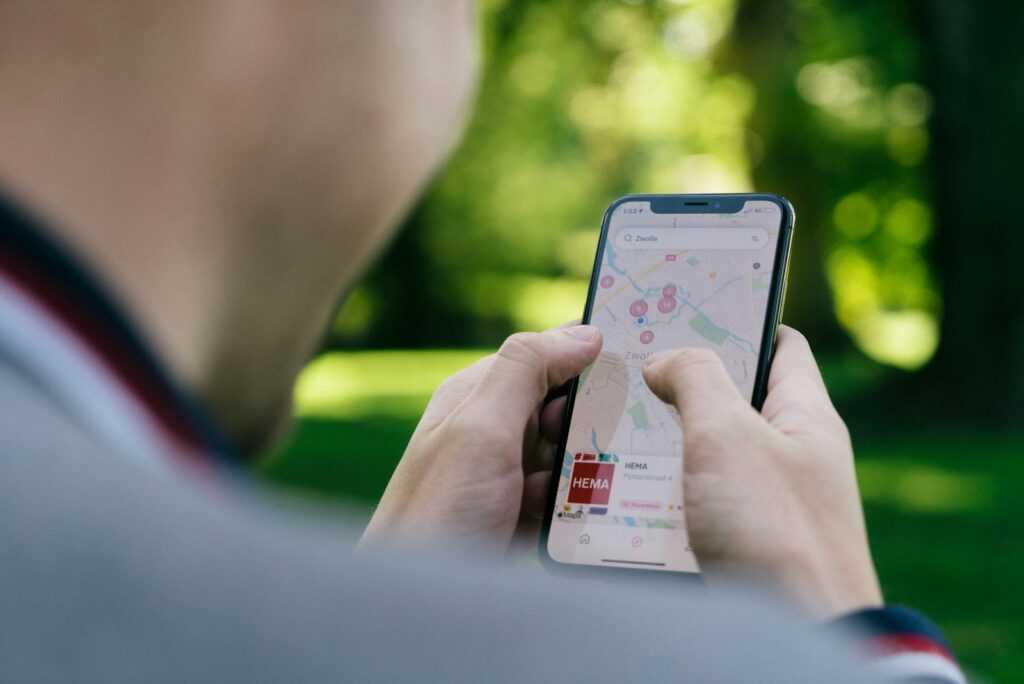
Thoughtful preparation forms the foundation of low-impact nature visits. Research your destination thoroughly, learning about local regulations, sensitive habitats, and any specific guidelines for visitors. Check seasonal considerations, as some areas may be particularly vulnerable during breeding seasons or after heavy rainfall.
Download maps and information beforehand to reduce your reliance on printed materials and ensure you understand trail systems without needing to veer off established paths. Planning appropriate timing for your visit can also significantly reduce impact—visiting popular destinations during off-peak hours or seasons spreads human presence more evenly and reduces strain on heavily-trafficked areas.
Stick to Designated Trails and Paths
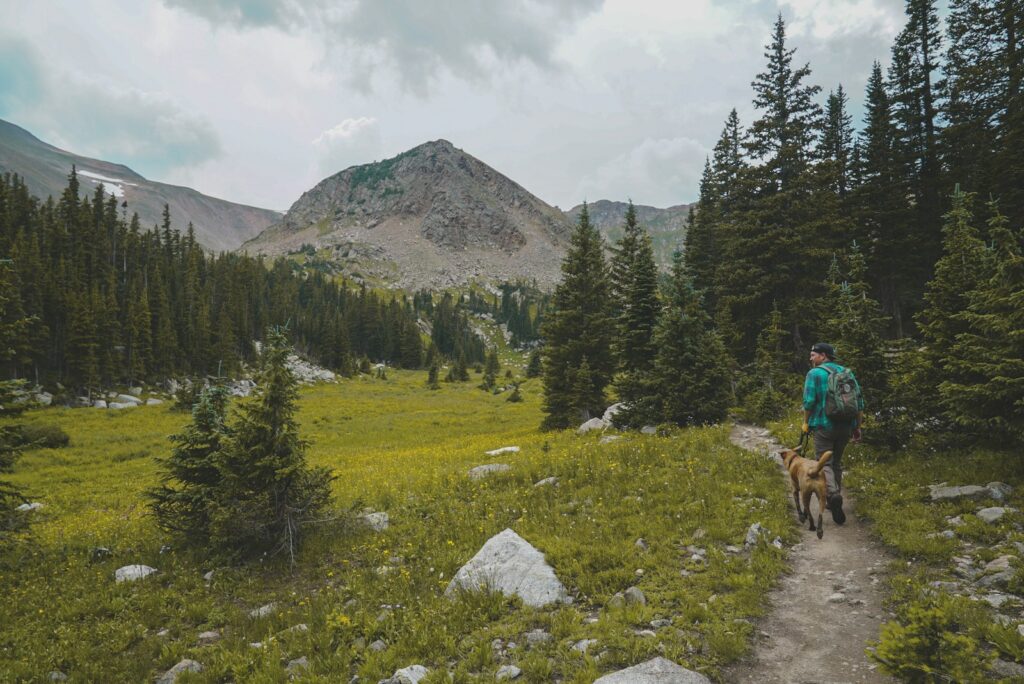
One of the simplest yet most effective ways to minimize environmental impact is staying on designated trails. These paths are specifically designed to concentrate human traffic and protect surrounding vegetation and wildlife habitats. When visitors venture off-trail, they risk trampling sensitive plant species, disrupting nesting areas, and contributing to soil erosion that can take years to recover.
Even seemingly harmless shortcuts between switchbacks can create new drainage patterns that accelerate erosion during rainfall. In pristine or undeveloped areas where formal trails don’t exist, spread out your group to prevent creating new visible paths, and try to walk on durable surfaces like rock, gravel, or dry grass when possible.
Practice “Leave No Trace” Principles
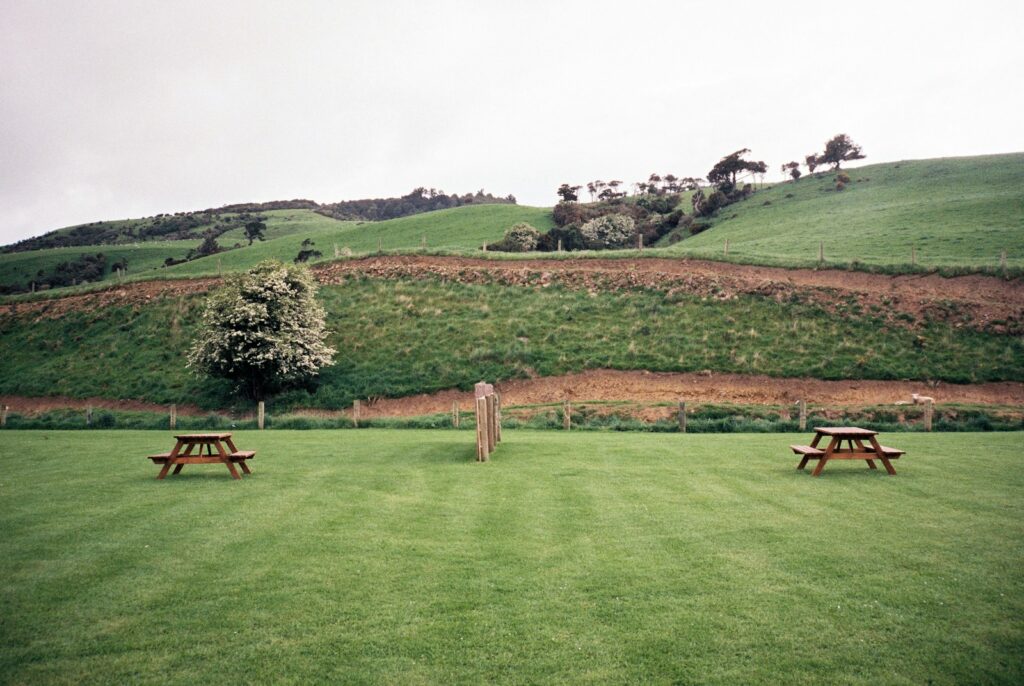
The seven principles of Leave No Trace provide a comprehensive framework for minimizing human impact in nature. These principles include planning ahead, traveling on durable surfaces, proper waste disposal, leaving what you find, minimizing campfire impacts, respecting wildlife, and being considerate of other visitors. At their core, these guidelines encourage visitors to leave natural areas in the same—or better—condition than they found them.
This philosophy extends beyond just packing out trash to include minimizing noise pollution, avoiding damage to natural features, and respecting archaeological or historical sites. Adopting these principles transforms a casual visitor into an active steward of the natural environment.
Pack In, Pack Out
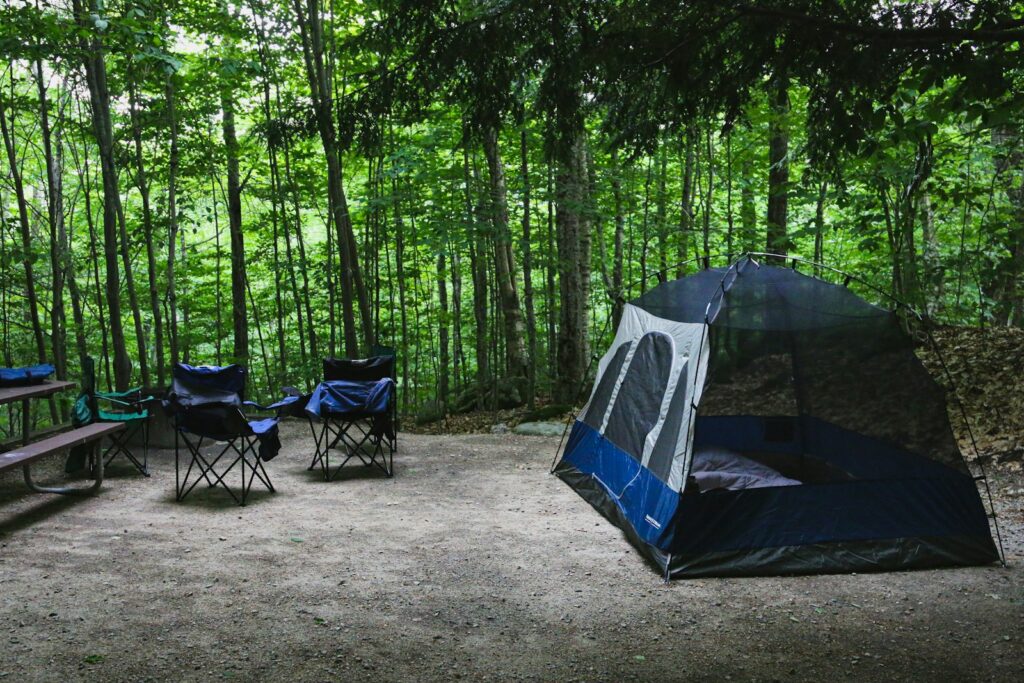
The “pack it in, pack it out” rule represents one of the most fundamental responsibilities of nature visitors. This means carrying out all trash, leftover food, and litter—including seemingly biodegradable items like orange peels and apple cores, which can take months or years to decompose and may introduce non-native seeds. Bring reusable containers and bags specifically designed for collecting and transporting your waste.
Extend this principle to hygiene products by using biodegradable soap and carrying water at least 200 feet from streams or lakes for washing and rinsing. For longer backcountry trips, consider bringing a portable waste bag system for human waste in areas where catholes aren’t appropriate or permitted.
Minimize Your Campsite Impact
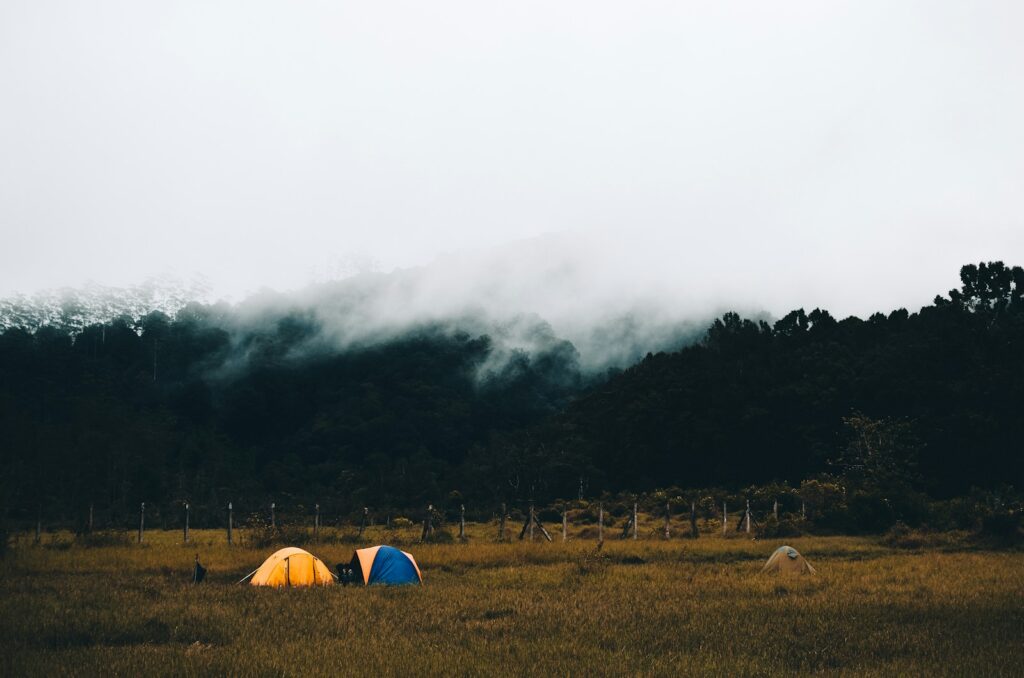
Camping responsibly requires thoughtful site selection and management practices. Choose established campsites whenever possible, as these areas have already been impacted and using them prevents damage to new areas. When camping in undeveloped backcountry, select durable surfaces like rock, gravel, dry grasses, or snow that will recover quickly from your presence.
Keep your campsite compact by concentrating activities in one area, and avoid expanding the perimeter of existing sites. Consider using a lightweight ground cloth or footprint rather than clearing vegetation. When breaking camp, naturalize the area by replacing any rocks or sticks you moved, covering scuffed areas with natural materials, and ensuring no trace of your presence remains.
Respect Wildlife from a Distance

Observing wildlife in their natural habitat can be among the most rewarding experiences in nature, but proper distance is crucial for both animal welfare and visitor safety. Use binoculars or telephoto lenses to observe animals without approaching them, as close human presence can cause stress, disrupt feeding or mating behaviors, and potentially separate parents from offspring. Never feed wild animals, as this can lead to unhealthy dependencies, aggressive behavior, and nutritional problems.
Be especially mindful during sensitive times like breeding seasons, when raising young, or during winter months when animals are conserving energy. Remember that you’re a visitor in their home, and their needs for space and undisturbed habitat take precedence over your desire for a closer look or better photograph.
Manage Human Waste Properly
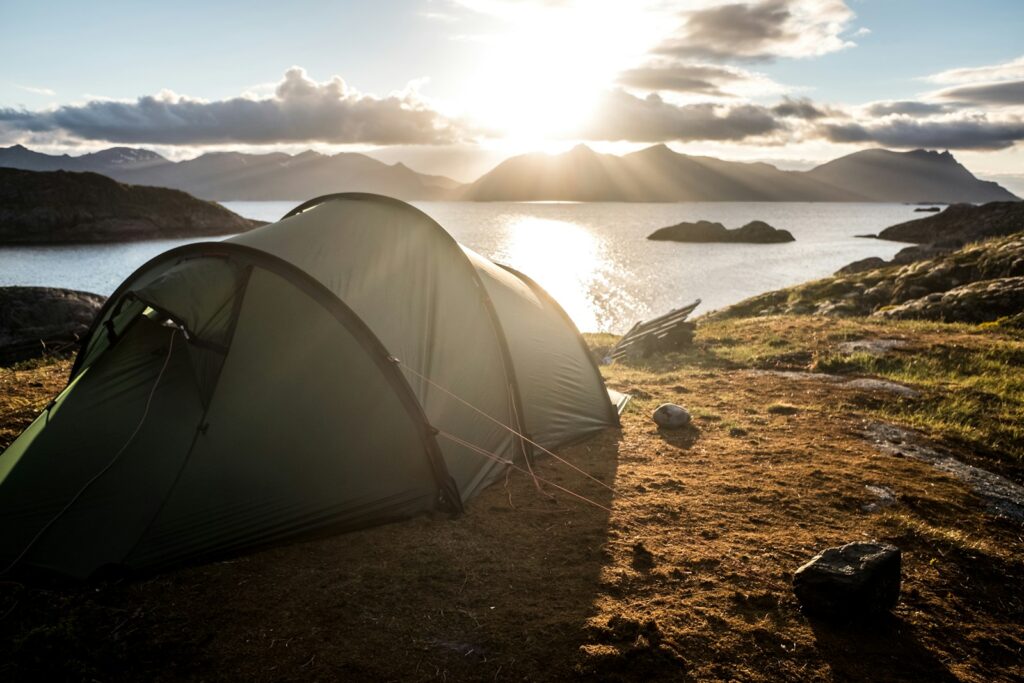
Proper human waste disposal is essential for preventing water contamination, reducing disease transmission, and preserving the aesthetic experience for other visitors. In areas with toilet facilities, always use them. In backcountry settings without facilities, dig a cathole 6-8 inches deep and at least 200 feet from water sources, trails, and camp areas.
Use biodegradable toilet paper sparingly or consider natural alternatives like smooth stones, leaves, or snow, packing out your toilet paper in a sealed bag when possible. In sensitive environments such as river corridors, alpine zones, or desert areas, land managers may require all human waste to be packed out using specialized containment systems. Familiarize yourself with the specific waste disposal regulations for your destination before your trip.
Choose Eco-Friendly Products

The products we bring into natural environments can have lasting impacts long after we leave. Opt for biodegradable soap, shampoo, and detergent specifically formulated for outdoor use, and use these products sparingly and at least 200 feet from any water source. Select reef-safe sunscreen if visiting marine environments, as common chemical ingredients can damage coral and aquatic ecosystems. Choose reusable items over single-use products whenever possible, including water bottles, food containers, and utensils.
When selecting outdoor gear, consider companies with strong environmental commitments and products designed for durability and repair rather than frequent replacement. Even small choices like unscented personal products can minimize your impact by not disrupting animal behavior or attracting wildlife to your campsite.
Minimize Fire Impact

Campfires, while traditionally associated with outdoor experiences, have significant environmental impacts that careful practices can reduce. First, consider whether a fire is necessary at all—lightweight stoves provide efficient cooking with minimal impact. When fires are permitted and appropriate, use established fire rings or fire pans rather than creating new fire sites.
Collect only dead and down wood no larger than your wrist, and never break branches from living or dead standing trees. Keep fires modest in size, burning all wood completely to ash, and ensure fires are fully extinguished with water before leaving. In high-use areas, consider carrying out your ashes to prevent accumulation, and in pristine areas, widely scatter cool ashes away from camp to leave no trace of your fire.
Be Mindful About Transportation
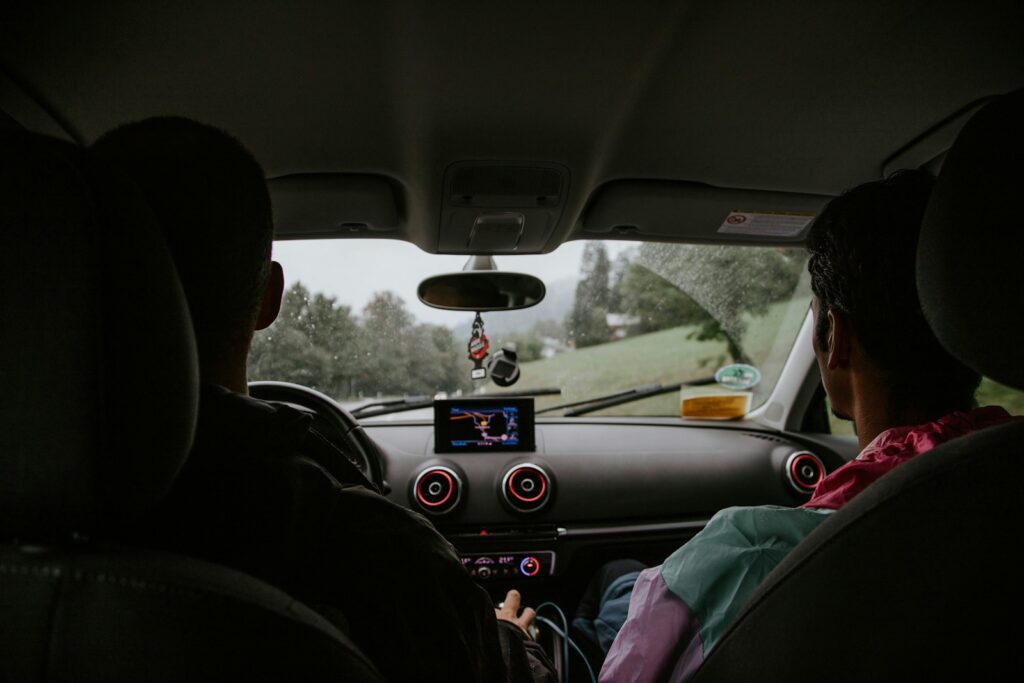
The environmental impact of a nature visit begins long before arriving at the trailhead. Consider carpooling with friends or using public transportation options to reach your destination when available. Many popular natural areas now offer shuttle services during peak seasons to reduce traffic congestion and parking issues. Electric vehicles can further reduce your carbon footprint, especially if charged with renewable energy.
Once at your destination, consider human-powered transportation like hiking, biking, paddling, or skiing rather than motorized options when exploring. When motorized transport is necessary or part of the experience, choose the least impactful option available, follow all designated routes, and avoid idling engines when stopped.
Support Conservation Through Responsible Tourism
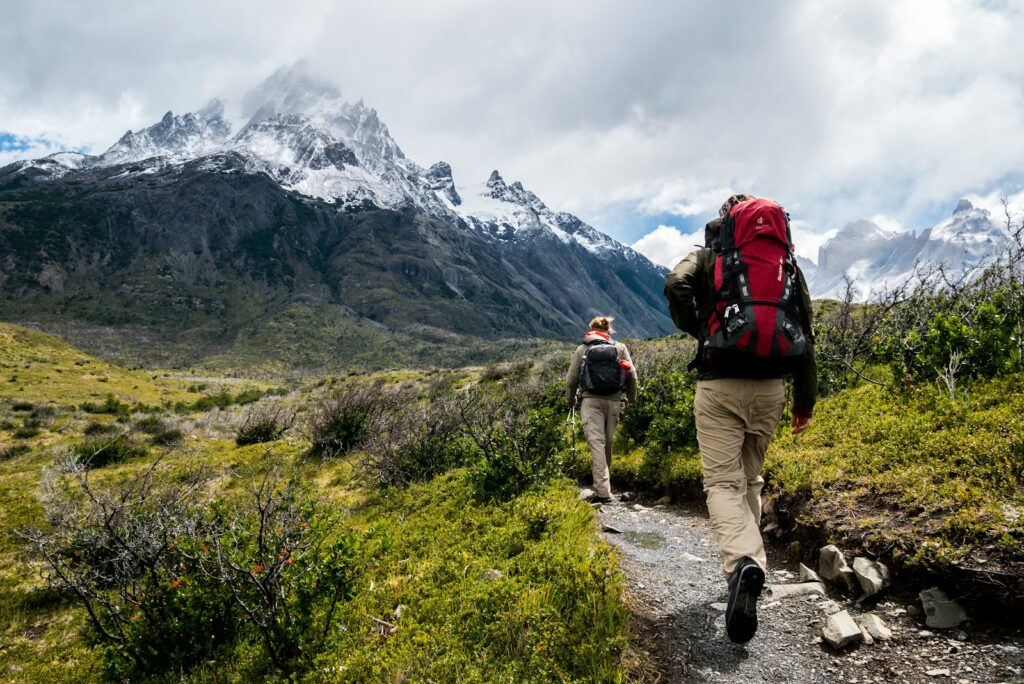
Visitors can actively contribute to conservation efforts through thoughtful choices about where and how they spend their money. Choose tour operators, lodges, and guiding services that demonstrate genuine commitment to environmental stewardship through certifications or well-documented sustainable practices. Purchase your park passes and pay entrance fees willingly, understanding these funds often directly support maintenance and conservation initiatives.
Consider volunteering for trail maintenance, habitat restoration, or citizen science projects during your visit. Many parks and protected areas also offer opportunities to “adopt” sections of trail or contribute to specific conservation initiatives. By directing your tourism dollars toward businesses and organizations with strong environmental ethics, you help create economic incentives for conservation.
Educate Yourself and Others
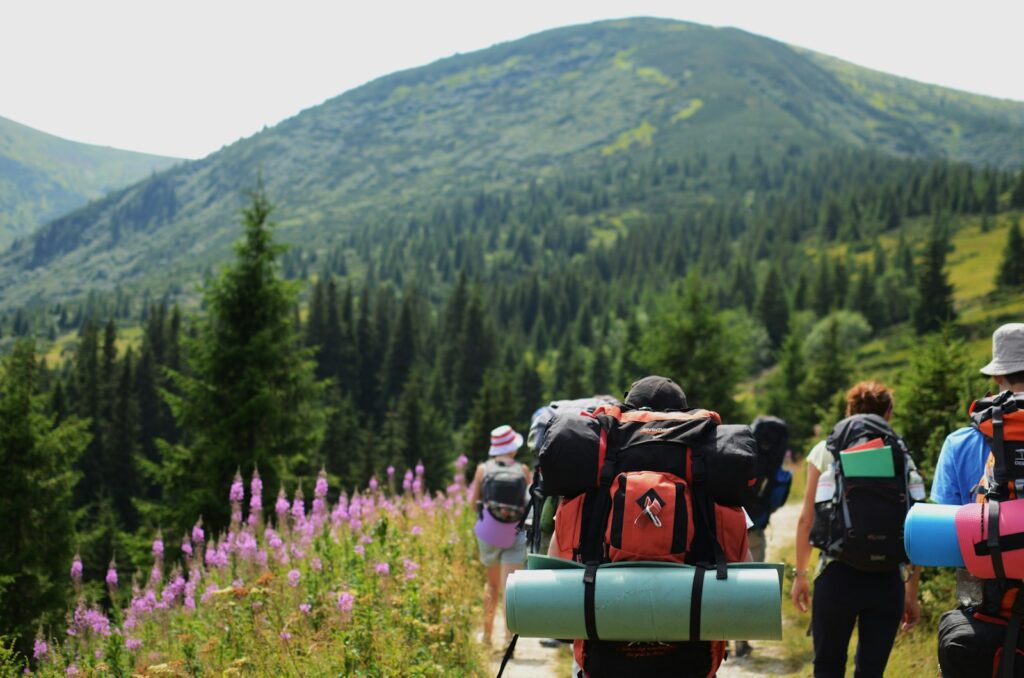
Knowledge is perhaps the most powerful tool for minimizing environmental impact. Take time to learn about the specific ecosystems you’re visiting, including their unique features, challenges, and conservation needs. Participate in ranger-led programs, visitor center activities, or guided interpretive hikes to deepen your understanding.
When you witness environmentally harmful behavior from other visitors, consider a gentle, educational approach to intervention rather than confrontation. Lead by example, demonstrating proper practices like staying on trail, picking up litter (even if it isn’t yours), and maintaining appropriate wildlife distances. Share your knowledge and experiences with friends and family, particularly children, to foster a new generation of environmentally conscious outdoor enthusiasts who understand their responsibility toward natural spaces.
Practice Cultural Respect in Natural Areas

Many natural areas hold deep cultural significance for indigenous peoples and local communities. Respecting these cultural connections is an essential aspect of responsible visitation. Research whether your destination includes sacred sites or culturally significant areas, and follow any specific guidelines for visitation. Never remove artifacts, and avoid touching or climbing on petroglyphs, pictographs, or historic structures.
Seek out educational opportunities to learn about indigenous perspectives on the landscape, which often encompass thousands of years of sustainable relationship with the environment. Support indigenous-led tourism initiatives when available, which can provide authentic cultural context while directly benefiting communities with historical ties to the land. By acknowledging and respecting cultural heritage, visitors gain a more complete understanding of natural places as living landscapes shaped by human relationships over millennia.
Conclusion: A Guide to Responsible and Respectful Nature Travel

Our relationship with nature carries both privilege and responsibility. As visitors to natural environments, we have the power to either preserve or diminish the very qualities that draw us to these special places. By adopting mindful practices—from proper preparation to responsible behavior during our stay—we can significantly reduce our individual impacts.
When multiplied across millions of nature enthusiasts, these small actions create a powerful collective force for conservation. The most meaningful outdoor experiences often come not from conquering or consuming nature, but from moving through it with respect, awareness, and care. By treading lightly today, we help ensure these natural wonders remain vibrant and accessible for generations to come.

